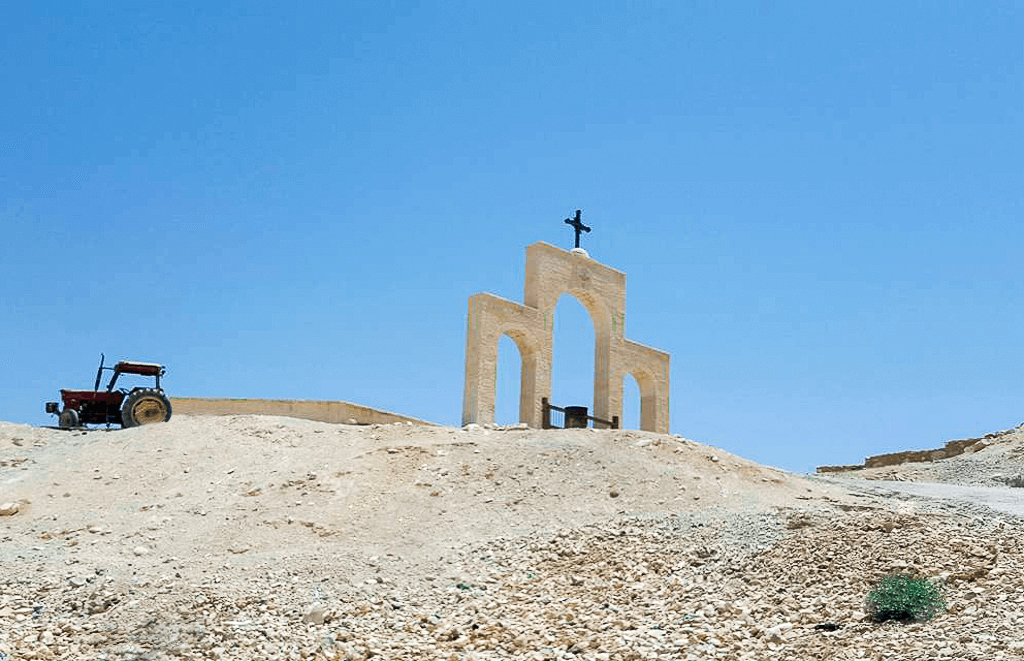
For millennia, humans have grown accustomed to the many rhythms of life. Individually and collectively, we mark the movements and seasons of our natural and spiritual environments. This interaction with our natural and conventional habitat is quite visible in our cultural and religious celebrations.
We move with ease from birthday fiestas, for example, to large-scale events and group practices. In many instances, these celebratory practices also include specific symbols, language and narratives that convey what is most meaningful. The number of commemorations in our lives are plentiful, but in many cases they’re a matter of routine — going through the motions.
With so many events, celebrations and seasons, it can be difficult to commemorate everything with the same intensity and appreciation, year after year. What was once extraordinary and grand can become familiar and quite mundane. It truly takes extra effort to reconnect to the grandeur and beauty of life that is around us.
Illustrating this predicament is our connection to creation and the earth — our common home. For some time, many of us have moved away from physical landscapes — that would normally expose us to natural environments with their raw biodiversity — to large metropolises or urban settings — where all things green are more manufactured, contained and manicured.
In many instances, the closest we come to the fresh fruits of creation are those moments associated with marketing labels promising an “organic” experience. In other words, the routine and transactional visit to the fresh produce section in our stores replaces what otherwise would be a time-consuming and impractical visit to an open-air market stand or country farm.
In fact, our cadence, rituals and symbols of life take on a more pragmatic approach. In the name of efficiency and practicality, we forego a more direct connection to the land, its fruits and promises. While we may still hold on to the American narratives of farm life, the reality is that for many of us this is more of an abstract or ideal connection than an actual lived experience.
Yet, we find a hopeful guide to our ecological surroundings in our Catholic spirituality. Perhaps more than before, we are taking time to appreciate anew the interconnection of creation (Psalms 8, 19,139). Pope Francis’ encyclical on the care of our common home, “Laudato Si’,” and recent ecumenical reflections stress the urgency of not taking our planet for granted: “We call on everyone, whatever their belief or worldview, to endeavor to listen to the cry of the earth and of people who are poor, examining their behavior and pledging meaningful sacrifices for the sake of the earth which God has given us” (A Joint Message for the Protection of Creation, Sept. 1, 2021, by Pope Francis, Ecumenical Patriarch Bartholomew and the Archbishop of Canterbury Justin Welby).
The Catholic and ecumenical call to embrace and care for creation is truly needed. For some time, our faith rituals and commemorations have connected us to the beauty, fruitfulness and fullness of life that comes with the season of creation, even if we have not always been faithful. Sunday after Sunday, we gather around our common Eucharistic table, bringing forth the fruit of the earth and work of human hands so that in prayer and blessing they can become the bread of life for each one of us.
As we enter harvest time, again, let us examine our personal connections to the fruits of the earth, and from there prayerfully discern any sacrifices the Lord may be asking of us today.
F. Javier Orozco
First published September 17, 2021 in the St. Louis Review
